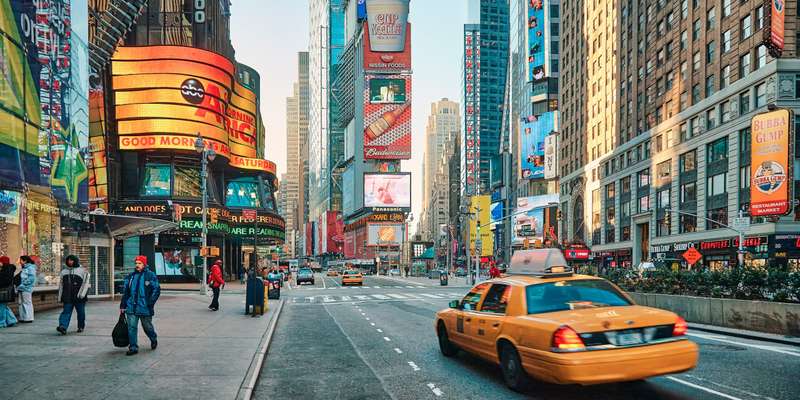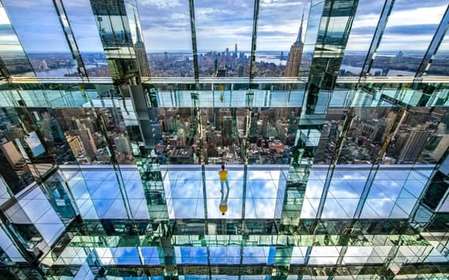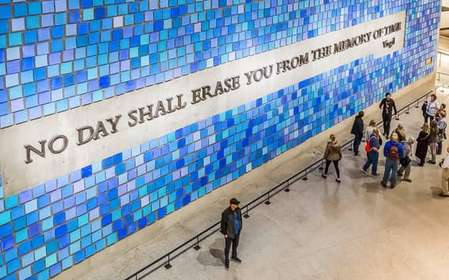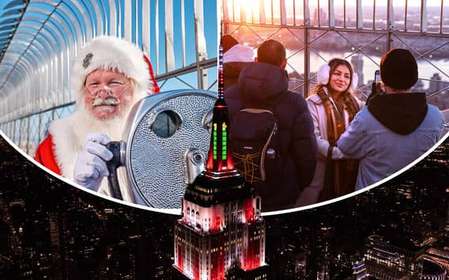- Home
- Useful Tips
- Visiting New York Public...
The New York Public Library stands as a crown jewel of Manhattan's cultural institutions, yet most visitors barely scratch the surface of what this landmark offers. Over 2.5 million people walk through its doors annually, but few realize they're missing access to priceless historical collections, serene reading rooms, and architectural wonders hiding in plain sight. The frustration comes when travelers treat the NYPL as just another photo stop, queuing for the iconic lion statues before moving on, unaware they've bypassed free access to Gutenberg Bibles and Jack Kerouac's original scroll manuscript. This oversight matters because the library represents far more than shelves of books – it's a living museum of ideas where you can literally touch pieces of history, if you know where to look. The real challenge lies in navigating the library's vast offerings without feeling overwhelmed or missing its most extraordinary experiences.


Navigating the library's hidden spaces without getting lost
The NYPL's main branch spans nearly 15 acres across multiple buildings, with labyrinthine corridors that can disorient first-time visitors. Start by orienting yourself at the free 45-minute architectural tour (weekdays at 11am and 2pm), where docents reveal how to decode the building's layout while sharing stories behind the marble Rose Main Reading Room and hidden staff passageways. For independent exploration, head straight to the third floor's McGraw Rotunda for a panoramic view of the library's footprint – this vantage point helps visualize how the public areas connect to the research collections. Pro tip: the south stairwell near Room 117 contains an often-overlooked exhibition space showcasing rotating artifacts from the library's 56 million item collection. These strategies transform what could be a confusing maze into a navigable treasure hunt.
Accessing rare collections like a researcher
What most visitors don't realize is that the NYPL's crown jewels – including the original Winnie-the-Pooh stuffed animals and Charles Dickens' writing desk – are available for public viewing with proper planning. The Manuscripts and Archives Division allows free access to materials like the Maya Angelou papers or original Broadway show scripts, though you'll need to register for a research card (bring photo ID and proof of address). For casual visitors, the Treasures Exhibition on the first floor displays permanent highlights under climate-controlled glass, including a Gutenberg Bible and Thomas Jefferson's handwritten Declaration of Independence draft. Special collections viewing requires advance requests through the library's online catalog, but the payoff is handling history literally in your hands – a privilege even most New Yorkers never experience.
Finding quiet study spots amidst tourist crowds
While the library's grand spaces attract camera-wielding visitors, savvy locals know where to find peaceful corners perfect for reading or remote work. The Periodicals Room on the first floor's west side offers abundant natural light with far fewer foot traffic than the main halls. For complete solitude, descend to the lower level's Map Division, where massive antique atlases create a hushed, scholarly atmosphere. Mid-afternoon weekdays provide the best chance at securing one of the iconic wooden carrels in the Rose Main Reading Room before they fill up. If you're visiting with children, the downstairs Children's Center has soundproofed activity areas that let young ones explore without disturbing researchers. These hidden oases transform the library from a chaotic tourist stop into a personal retreat.
Free cultural programs most miss completely
Beyond books, the NYPL hosts hundreds of free events annually that even cultured New Yorkers overlook. The LIVE from NYPL series brings famous authors and thinkers for evening talks in the Celeste Auditorium (check the online calendar for Margaret Atwood or Ta-Nehisi Coates appearances). The basement's DeWitt Wallace Periodical Room runs weekly workshops on everything from genealogy research to vintage magazine preservation. Music lovers should inquire about the Rodgers & Hammerstein Archives of Recorded Sound, where listening appointments let you hear rare jazz recordings or Broadway outtakes. During summer, the library's outdoor Bryant Park wing offers free classical concerts with skyline views. With a little planning, you can craft an entire day's itinerary of world-class cultural experiences without spending a dime.



